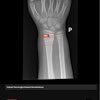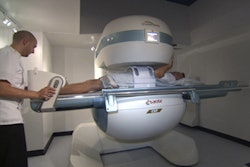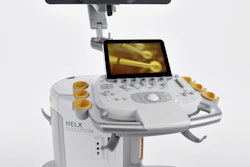Dear Molecular Imaging Insider,
Positron emission mammography (PEM) may gain more converts, thanks in part to a new study from Dutch researchers who offer a positive evaluation of the technology.
The research, which was presented recently at RSNA 2015 in Chicago, found that PEM detected almost all breast cancer lesions located within its scanning range without limitations due to tumor size, grade, or histological subtype. To read more, click here.
In other news, the European Society of Radiology is set to welcome the European Society for Hybrid Medical Imaging under its umbrella to increase training in nuclear medicine. The official launch is scheduled for next March at ECR 2016 in Vienna.
However, the president of the European Association of Nuclear Medicine, Dr. Arturo Chiti, has expressed concerns about this new society. Get the details here.
There is also news on a new small-molecule fluorescent dye for near-infrared imaging. The dye, which is rapidly excreted by the body, could be used to image tumors in vivo and for image-guided surgery and therapy.
Elsewhere, Danish researchers have found high rates of microvascular disease using PET/CT with a rubidium radiopharmaceutical in diabetes patients without symptoms of heart disease. The disease was exacerbated in the setting of albuminuria, a common condition in these patients.
Finally, read this fascinating study on the superior dose deposition of particle therapy for clinical benefit and how it necessitates an accurate technique for verifying dose delivery. Because the treatment beam stops inside the patient, such monitoring will require detection of secondary radiation, such as prompt gamma rays or positron annihilation photons, which are created when the incident beam interacts with the tissue.
Be sure to visit the Molecular Imaging Community on a daily basis to stay informed of the latest news and research from around the world.



















